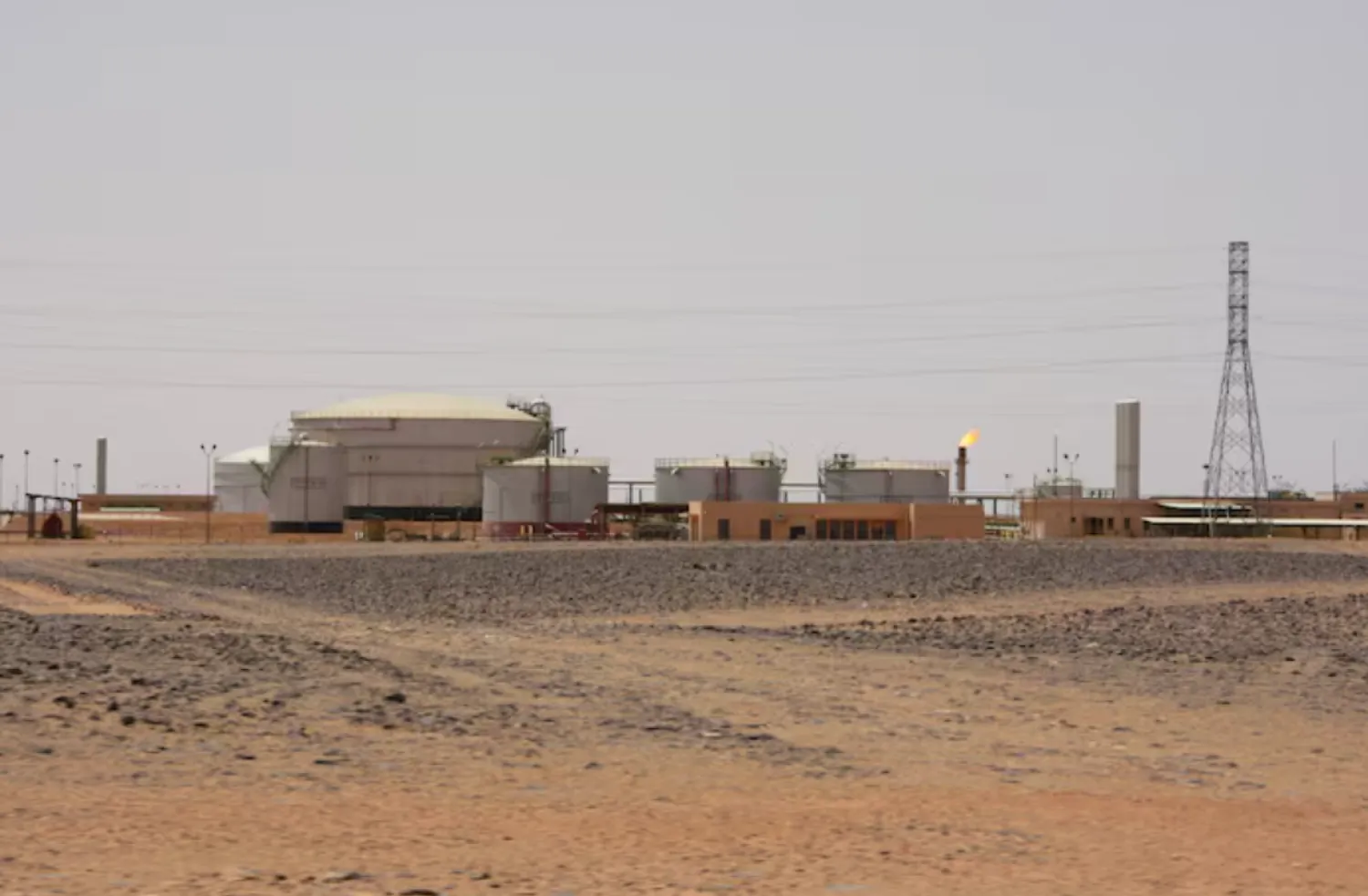Long before the iconic 1945 meeting between King Abdulaziz Al Saud and US President Franklin D. Roosevelt aboard the USS Quincy in Egypt’s Suez Canal, the seeds of a historic partnership had already been planted. More than a decade earlier, American oil experts had landed on Saudi soil, drawn not by diplomacy, but by geology.
Their presence in the eastern province of Saudi Arabia, on the shores of the Arabian Gulf, gave rise to a new chapter in international relations. From modest beginnings, the Saudi-American partnership evolved into one of the most significant bilateral relationships in the modern Middle East, anchored in energy cooperation, reinforced through political trust, and tested across decades of global and regional upheaval.
Oil First: The 1933 Concession Agreement
The turning point came just a year after the unification of the Kingdom of Saudi Arabia in 1932. On May 29, 1933, King Abdulaziz authorized his Minister of Finance, Abdullah Al-Sulaiman, to sign an oil exploration concession with the Standard Oil Company of California (Socal), now known as Chevron. Represented by Lloyd Hamilton, the company created a subsidiary - the California Arabian Standard Oil Company (CASOC) - to manage operations within the Kingdom.
The 60-year concession marked the beginning of a partnership that would transform both nations. After decades of exploration and expansion, the Saudi government began acquiring stakes in the company, starting with 25% in 1973, increasing to 60% in 1974, and culminating in full ownership in 1980. Eight years later, the company was renamed the Saudi Arabian Oil Company - Aramco.
American Presence in Dhahran
While American missionary efforts in the Gulf dated back to the late 19th century, particularly in Bahrain and Kuwait, Saudi Arabia remained largely untouched by these early religious and medical missions. The true bridge between the US and Saudi Arabia came through oil.
Following the 1933 agreement, American geologists and engineers arrived in the eastern city of Dhahran. Initial drilling in the mid-1930s was unsuccessful, until Socal’s chief geologist Max Steineke led an operation that resulted in the discovery of commercial oil in 1938. This breakthrough transformed the region and the bilateral relationship.
A pivotal moment in the history of Saudi Arabia - and in the global oil industry - occurred on March 4, 1938, when oil first flowed from the initial test well in Dhahran, known as Dammam Well No. 7. This event established Saudi Arabia as the country with the largest oil reserves and one of the world’s most important energy sources. The well, drilled to a depth of 1,441 meters, is located on the hill known as Jabal Dhahran and later became famously known as “Prosperity Well” (Bi’r Al-Khair).
Marking the beginning of a new era, King Abdulaziz embarked on a historic journey in the spring of 1939. Accompanied by a large delegation, he crossed the red sands of the Dahna Desert to reach the eastern part of the Kingdom on the Arabian Gulf. His visit coincided with the completion of the pipeline stretching 69 kilometers from the Dammam oil field to the port of Ras Tanura.
There, a symbolic moment took place: King Abdulaziz personally turned the valve to load the first shipment of Saudi crude oil onto a tanker. Thus, on May 1, 1939, Saudi Arabia exported its very first barrel of crude oil to the world.
The Quincy Meeting and the Birth of a Strategic Partnership
As World War II drew to a close, global attention turned to energy. The United States, anticipating a post-war recovery and growing energy needs, saw in Saudi Arabia a stable, resource-rich partner with vast oil reserves. At the same time, the Kingdom, newly unified and eager for development, welcomed American expertise and investment.
On February 14, 1945, just 82 days before the war officially ended in Europe, President Roosevelt met King Abdulaziz aboard the USS Quincy at the Great Bitter Lake. The meeting, now known as the “Quincy Summit,” laid the foundations for a strategic partnership that extended beyond oil. It recognized Saudi Arabia as a key geopolitical player and spiritual heart of the Islamic world, and cemented the United States as its primary global partner.
Soon, Dhahran became home to a growing American community. Workers lived in self-contained compounds that included Western-style homes, schools, shops, recreational clubs, and even small churches. Though initially isolated from Saudi society, this community played a significant role in introducing new technologies, industrial practices, and modern urban planning to the Kingdom.
By 1938, Aramco employed 2,745 people, including 236 Americans and more than 100 other expatriates. The arrival of American families, including the wives of engineers and executives, signaled the beginning of deeper cultural exchange. In 1937, two of the first American women, Annette Henry and Nellie Carpenter, arrived in the Eastern Province. To accommodate the growing expatriate presence, Aramco shipped the first mobile, air-conditioned homes to the desert.
Strengthening Ties Through Crises
Over the following decades, the US-Saudi relationship deepened. As Aramco expanded, the American community grew, spreading across eastern cities like Ras Tanura, Abqaiq, and Jubail. The bonds formed in the workplace gradually extended to neighborhoods and schools. Although cultural differences remained, trust and mutual respect grew.
In 1973, the October War and subsequent Arab oil embargo shocked global markets and sent fuel prices soaring. While the embargo strained relations, it also underscored Saudi Arabia’s central role in global energy stability. From then on, Washington viewed Riyadh not just as an oil supplier, but as a geopolitical partner essential to maintaining balance in the Middle East.
The Cold War further strengthened the relationship. Saudi Arabia’s moderate policy and anti-communist stance made it a dependable ally. The partnership was tested and reinforced through regional crises, including the Iranian Revolution (1979), the Iran-Iraq War (1980–1988) and Iraq’s invasion of Kuwait (1990).







